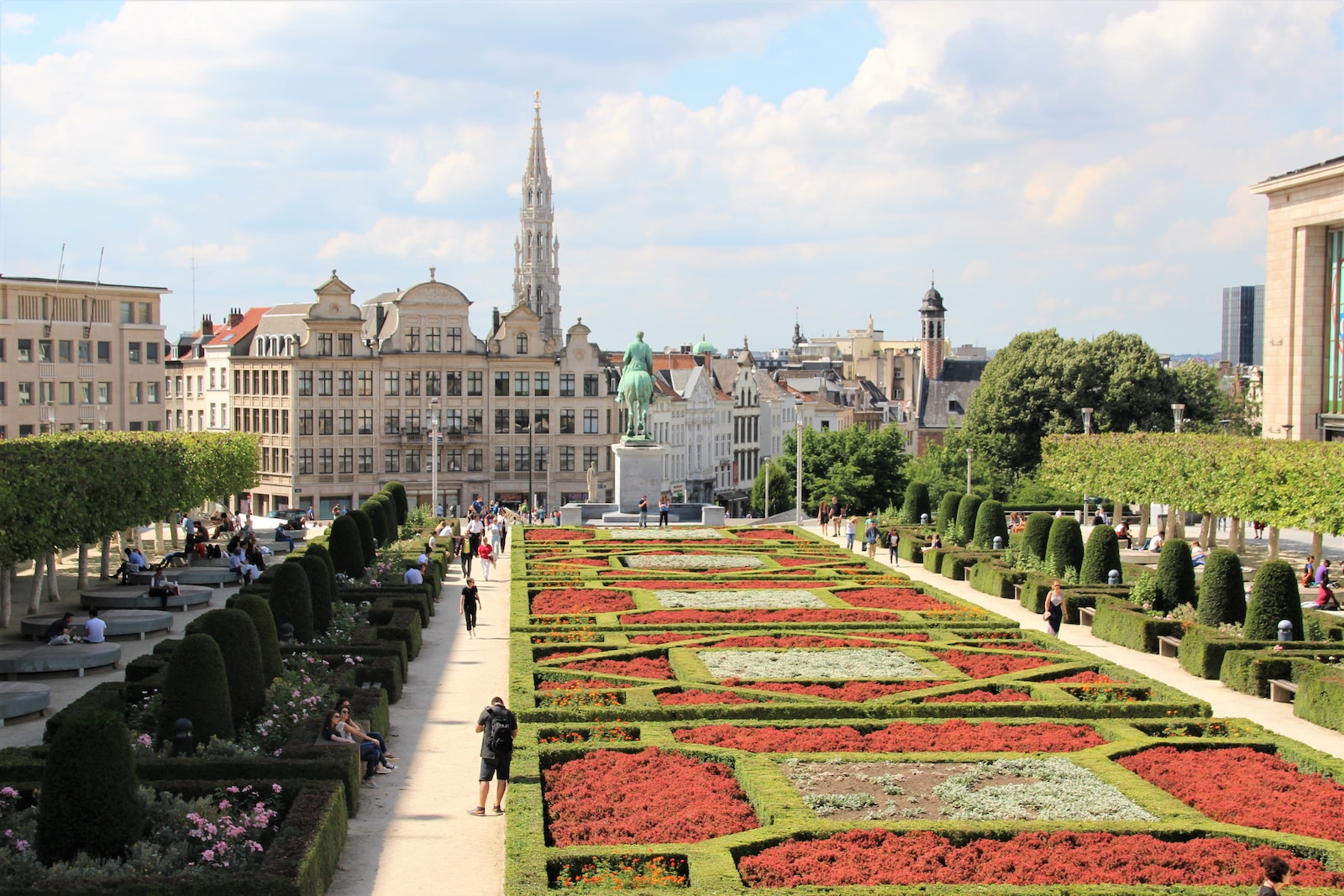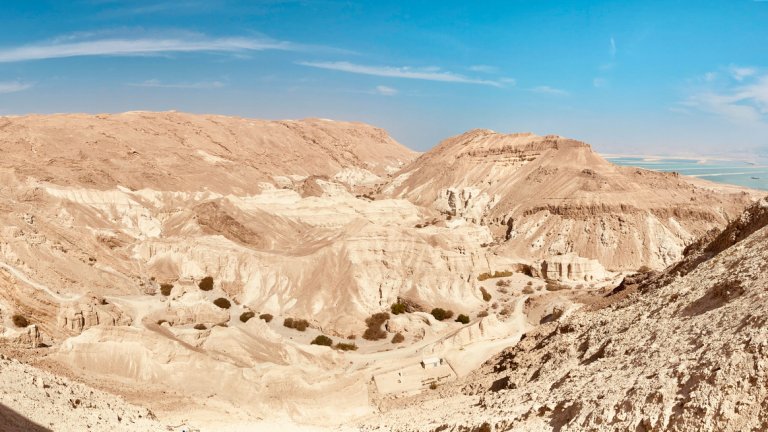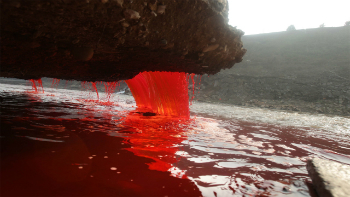Brussels, the capital city of Belgium, boasts of breathtaking architecture, delectable cuisine, and a rich history. But visiting in summer? It’s a whole new experience. The city comes alive with open-air concerts, vibrant festivals, and street parties. You’ll find locals and tourists alike, basking in the sun while sipping local brews. Why visit Brussels during summer? Well, for one, the temperatures are mild, making it the perfect time to explore the city and indulge in outdoor activities. From brewery tours and art exhibitions to music festivals and outdoor activities, there is something for everyone. In this blog, we’ll take you through the top fun things to do in Brussels during summer. Expect to read about brewery tours where you get to sample the famous Belgian beer, outdoor activities like bike tours and boat tours, food markets with delicious street food, and much more. So, let’s jump into it!
Brewery Tours in Brussels
Belgium is famous for its beer, and Brussels is the heart of its brewing industry. The history of Belgian beer dates back to the Middle Ages when monks began brewing beer to support their monasteries. Today, the country boasts over 200 breweries producing more than 1600 different types of beer, each with its unique taste and style. Taking a brewery tour is the best way to learn about this vibrant beer culture. Almost all breweries offer guided tours where visitors can see the brewing process and learn about the ingredients and techniques used to make different types of beer. Visit Cantillon Brewery to taste the traditional lambic beer, or try a beer tasting session at Delirium Café, and experience a wide variety of brews ranging from fruity to sour and everything in between. However, it’s essential to be aware of the Words of Caution when it comes to Belgian beer. Most of their brews are much stronger than typical beers, so it’s best to take it easy and pace yourself during tastings. Drinking too much beer can lead to a bad hangover or even worse, a trip to the hospital. In summary, brewery tours are a must-do in Brussels during summer, where you can learn about the history of Belgian beer, take a peek at how it’s made, and enjoy a range of brews. Just remember to drink responsibly and follow the Words of Caution.
Art Exhibitions
When it comes to the arts, Brussels has a flourishing scene that remains alive and vibrant even during summer. The city boasts a plethora of galleries, museums, and exhibition centers, each offering a unique experience and insight into the diverse art world. Brussels is famous for its Art Nouveau movement, which exudes a flamboyant style seen in architecture and art throughout the city. During summer, there are plenty of art exhibitions that cater to all tastes. One of the most popular exhibitions is the Art Brussels, which draws a global audience and offers visitors an opportunity to see artworks from top galleries around the world. Another popular exhibition is the Affordable Art Fair, which is an excellent opportunity to buy unique art pieces at affordable prices. The exhibition focuses on emerging talent and showcases an array of contemporary art pieces. Apart from the two exhibitions, there are several others held throughout the city, highlighting different art genres and artists. Those interested in exploring artisanal workshops can opt for the Summer Workshops, which provides a chance for both novices and professionals to learn new skills and techniques. The workshops cater to different interests, such as textiles, ceramics, and photography, to name a few. The art festivals are also worth considering, featuring various activities, such as open-air exhibitions, concerts, and performances, which provide a glimpse of Brussels’ diverse culture and tradition. Overall, Brussels offers a thriving art scene with plenty of opportunities to explore different styles and artworks. With numerous exhibitions, workshops, and festivals, there’s always something new and exciting to discover during summer.
Music Festivals
Brussels has a rich musical heritage, and it comes alive during the summer. From jazz to rock, the music scene offers something for everyone. Brussels’ music festivals are worth experiencing, and they’re one of the top things to do in the city during summer. The Brussels Summer Festival, widely known as BSF, is the premier musical event during summer. For over a decade, it has been the go-to event for both locals and tourists. BSF is held for five days, and it features over 100 live acts across different stages around the city center. The lineup is a perfect mix of established acts and exciting newcomers, so music lovers are sure to find something they like. Another must-visit music festival is the Couleur Café Festival. It’s a three-day event that showcases Afro-Caribbean and Electronic music. The festival also offers excellent food, vibrant art displays, and a lively atmosphere. If you’re looking for a music festival to get your groove on, then Couleur Café is a must-visit. For a more intimate festival experience, the Brussels Jazz Weekend is the perfect choice. Jazz music fans can revel in a weekend full of soulful and creative tunes. The festival offers free concerts across various venues in the Brussels region. The headliners might not be big names like in other festivals, but the passionate jazz music for a true music lover is all that one needs. When attending any of these music festivals, it’s advisable to wear comfortable shoes, carry sunscreen and drink lots of water to stay hydrated. With good preparation, you’ll have an unforgettable musical experience in Brussels!
Outdoor Activities
Looking for some adventure outdoors? Brussels has got you covered with its abundance of parklands perfect for bike rides, Segway tours, boat journeys and more. Firstly, check out the city’s many parks, which are veritable oases during the summer months. From the sprawling Bois de la Cambre to the peaceful settings of Parc du Cinquantenaire and the charming Jardin Botanique, there’s a park for every taste in Brussels. Want to explore the city with a bit more speed? Opt for a bike or Segway tour through the city’s winding streets and alleys. These tours are a fun and eco-friendly way to experience the














